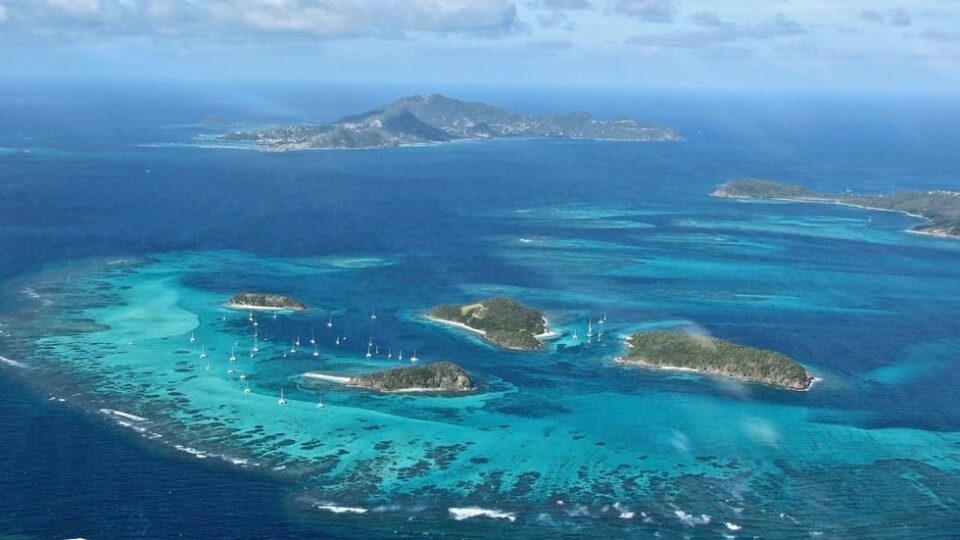Best Exotic Sailing Destinations
Anchoring in picturesque harbors and taking a relaxing dip in the azure seas. Under sail to the next enchanting location, a warm breeze fills the sails and you’re ready to explore new exotic sailing destinations. All these feelings and sensations combined with sailing to exotic places make up the perfect sailing experience. A sailing voyage is a ticket to another planet, one where land-based anxieties are carried away by the breeze. So, in this article, I will list the best exotic sailing destinations for you to choose from and plan a unique voyage to the tropics. Follow me!
Seychelles
The 115 islands that make up the Republic of Seychelles are 1,000 miles off Africa’s east coast. They stretch between 240 to 600 miles north of the equator in the Indian Ocean. They are among the world’s most remote places. Around 800 A.D., Arab traders arrived in Seychelles. Phoenician, Polynesian, Chinese, and European explorers followed, but French colonists did not arrive on the bigger islands until the 1700s. The country’s population is now barely 84,000 people, yet it reflects a rich mingling of French, British, Indian, Middle Eastern, and African cultures. The French influence is still strong, and Creole with English are the main languages.
The majority of the 72 low-lying Outer Islands are coral atolls. But the majority of the Inner Islands, the largest of which are Mahé, Praslin, and La Digue, are geological wonders of twisted granite, mountainous. They’re also lush with tropical forests where rare endemic species of birds reside. Some of Seychelles is home to giant tortoises, who nest on fine, white-sand beaches surrounded by exquisitely gorgeous coral reefs and turquoise oceans. All these make Seychelles a top exotic destination on Earth.
A Seychelles vacation can happen on the main Inner Islands, which are all close together, making for easy passages between them. Seychelles is located in a balmy, relatively calm swath of the Indian Ocean covering approximately 150,000 square miles. The annual monsoon has an impact on the weather and wind directions in this part of the planet. The northwest monsoon arrives in November. It brings with it northwesterly winds and heavier rain than is common from May to October. During these months the winds move more to the southeast. Wind velocities averaging 10 to 20 knots year-round, with temperatures ranging from 82°F to 86°F.
Wind-driven currents are typically just over one knot and change direction with the seasonal winds. However, the current can be significantly stronger in other places, such as small straits between islands. The tidal ranges between 4.5 to 5.9 feet. Tidal currents, like wind-driven currents, can be quite fast in narrow channels. Sailors who are comfortable with basic coastal navigation can enjoy a Seychelles cruise vacation.
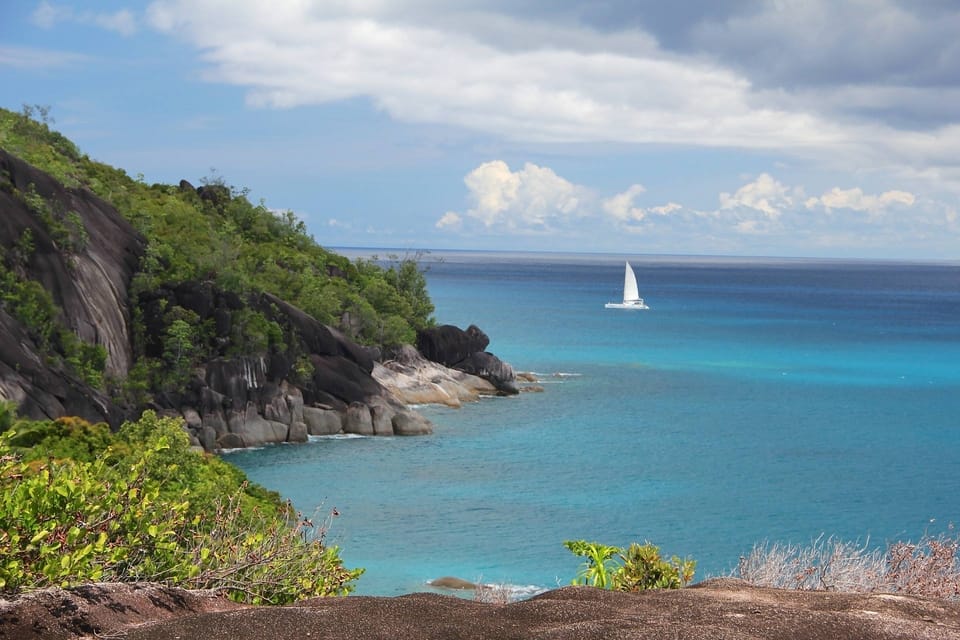
Tahiti
French Polynesia, halfway between South America and Australia in the Pacific Ocean, is made up of 118 islands scattered among the Austral, Gambier, Marquesas, Tuamotu, and Society archipelagos, covering an area nearly the size of Europe.
The capital of Tahiti is Papeete. Bora-Bora, Raiatea, Tahaa, and Huahine, all part of the Society group, are the gems of a Tahiti sailing vacation’s exotic cruising grounds. The Leewards get their name after the fact that they are downwind of Tahiti. The craters of ancient volcanoes have eroded into oblivion, and the rugged heights emerge from the sea. Sea turtles, sharks, dolphins, porpoises, colorful hard and soft coral, and more than 500 kinds of fish have the Tahitian Leewards as home. All these make Tahiti one of the world’s best snorkeling and scuba diving destinations. Note that throughout the year, mild easterly trade winds averaging 15 to 20 knots blowing in Tahiti. As a result, this offers a peaceful sail in the tranquil waters behind the reefs and spirited sailing on open-water passages.
Inside the reefs, navigation happens by following the line of sight from one marker to the next. However, it’s important to keep an eye on the charts for the longer crossings between the islands. Because the tidal range is so small (less than one foot), currents are usually minimal, especially in tiny passages through the reefs. Sailing to Tahiti is well within the ability of sailors with basic coastal navigation skills. The beauty and distinctive character of these exotic waterways entice both novice and experienced sailors. As for the temperature, it ranges from 78°F to 80°F all year.
Despite the fact that Bora-Bora, Raiatea, Tahaa, and Huahine are all nearby, each island has its own distinct atmosphere. Of course, the beauty of the South Pacific is a common feature. The beautiful reefs, Motus, and beaches are well worth visiting. However, on one island, you will find luxurious and chic places but also unique natural wonders. Furthermore, you can see the work of local artisans or the calm devotion at a stone temple that dates back to the time of the first Polynesian explorers. The four gems of the Tahitian Leewards, when combined, make for a magical cruising site for a great Tahiti sailing holiday.
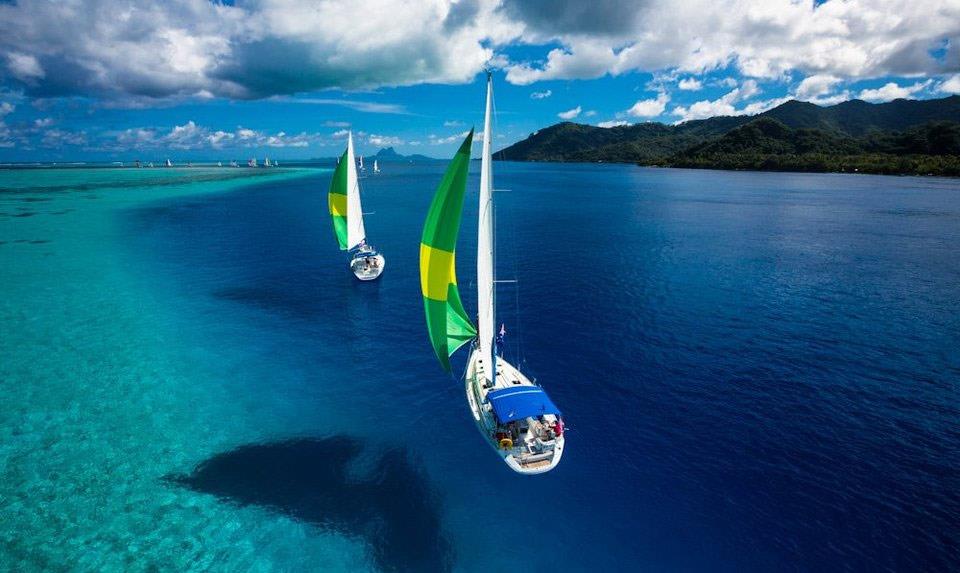
>>Also Read: Most Beautiful Islands in French Polynesia
Thailand
Thailand, located in the center of Southeast Asia, is blessed with unrivaled tropical splendor. Sailors tend to visit the country’s southern peninsular reaches. These divide into four distinct sections. Note that the cruising grounds off the east coast of Phuket are some of the best in the world.
The emerald-colored and sheltered waters of Phang-nga Bay are surrounded by towering limestone pinnacles. Also, the Phi Phi Islands, located to the south, are jewels of the Andaman Sea. The offshore marine preserves of the Similan and Surin islands are one of the world’s best scuba diving spots. There are over 130 gorgeous isles within the province of Krabi alone.
A cruising trip in Phuket has a variety of gorgeous and secure anchorages, pristine white-sand beaches, rough uninhabited islands, and vibrant nightlife and resorts. The friendly, welcoming people of Thailand add to the pleasure of Phuket, making the offshore trip much more memorable. Seas around Phuket’s east coast are protected by the Andaman Sea, ensuring great and safe cruising throughout the year. The monsoons influence the weather and wind directions, therefore there is a wet and a dry season.
The northeast monsoon arrives in November on Thailand’s west coast. It brings light to moderate northeasterly winds of 10 to 20 knots, colder temperatures, and drier weather. But, the southwest monsoon begins in May. At the height of the rainy season, which occurs in September and October, southwesterly winds progressively develop to more than 20 knots. During the rest of the rainy season, it only rains for a few hours in the late afternoon. From July to February, daytime temperatures average 89°F and nighttime temperatures average 61°F. From March to June, the weather is hotter. Note that the tidal range can be as high as eight feet, causing fast tidal currents in limited waterways. Line-of-sight navigation is common.
Because of the numerous coral reefs, keeping a close check on the chart and GPS is a must during the voyage. Cruising in Phang-nga Bay and the Andaman Sea is particularly appealing because it takes place in an unusual region of the world with breathtaking scenery and easy navigation. Many of the islands have secluded coves with beautiful limestone cliffs and immaculate white-sand beaches. And, just offshore are coral reefs with colors of brown, orange, green, and blue.
Exploring these seas is a tour into an untouched paradise, with marine parks set aside as Natural preserves to conserve tropical birds and plentiful aquatic life. Enjoying the culture and local food, as well as snorkeling and scuba diving, are all enjoyable aspects of Thailand.
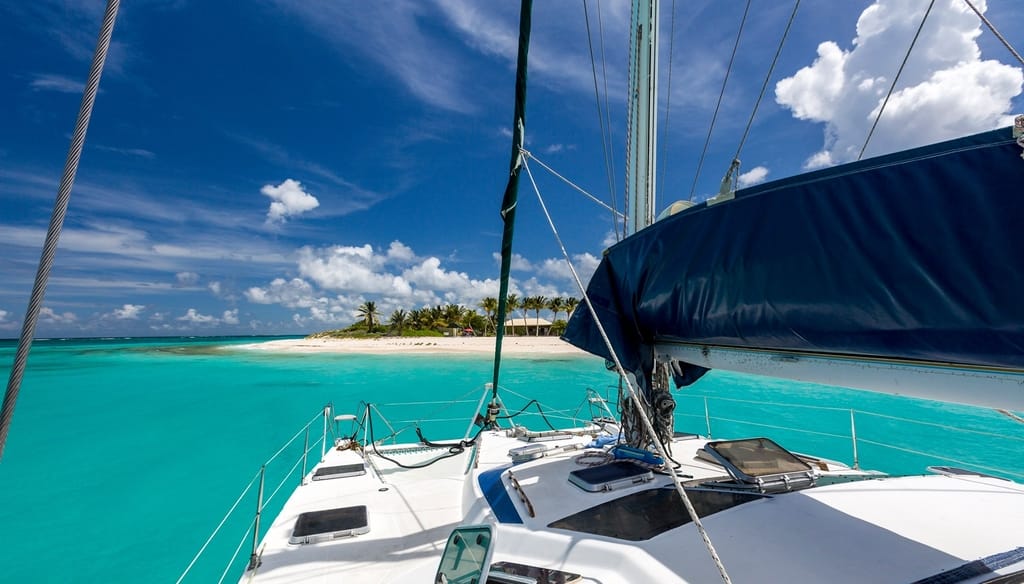
Galapagos Islands
First and foremost, unlike many other coastal sites across the world, the Galapagos Islands do not allow large cruise ships to get close to them. The archipelago’s sole licensed vessels may carry up to 100 guests, which is small compared to the 6,000 passengers that some cruise ships can carry.
This limit helps to improve the visitor experience when sailing through the islands. This goes in addition to ensuring the conservation of its marine reserve and its amazing inhabitants. The wildlife ranges from charming penguins to spectacular hammerhead sharks.
The Galapagos Islands are a popular site for expeditions. As a result, the experience you will have in this archipelago is unlike anything you would have in any other destination on the globe. Your voyage’s primary purpose is to explore the distant beauty of a pristine volcanic region while connecting with its distinct endemic wildlife. Set sail with your boat in order to enjoy an adventure of this magnitude that will allow you to connect with your surroundings at all times. Plus you won’t be able to take your attention away from the breathtaking scenery.
There are pristine islands and visiting spots in the Galapagos that are completely devoid of permanent human presence. Furthermore, both the size of the group and the amount of time spent on the island are limited. You will be able to view visitor sites in a small group environment if you visit the Galapagos National Park as part of your sailing voyage.
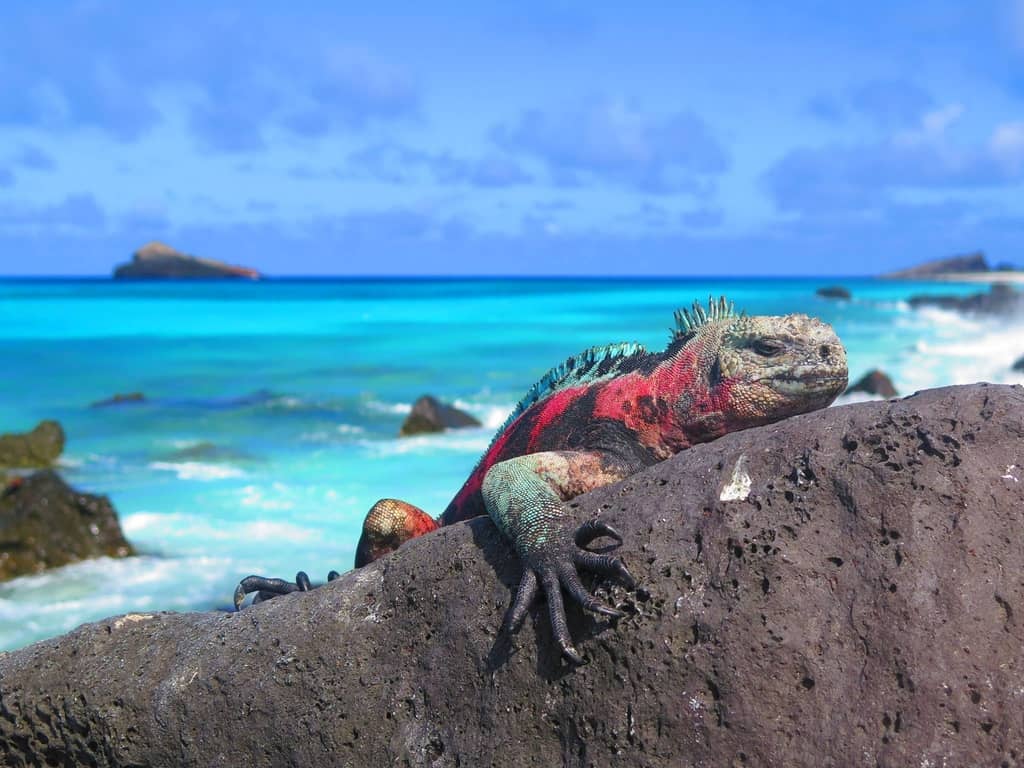
Juan Fernandez Islands, Chile
A series of islands 643 kilometers (400 miles) off the coast of Chile is rarely visited by anyone, including boats. Chile has sovereignty over the three islands of Robinson Crusoe, Alejandro Selkirk, and Santa Clara. One of the islands, discovered in 1574 by Juan Fernández, was home to Alexander Selkirk, a seaman who was left on the island at his own desire from 1704 to 1709. Daniel Defoe drew inspiration for his character Robinson Crusoe from this willingly marooned seaman. This island now bears the name of the mythical character. Alejandro Selkirk Island lies 130 kilometers (80 miles) west of the mainland.
Note that only Robinson Crusoe Island is inhabited, with a population of roughly 500 people, the majority of whom live in Cumberland Bay’s San Juan Bautista town. When the islands were designated as a national park in 1935, they also acquire their names. Note that sailboats rarely visit the islands because they are off the beaten path. The boats that stop here are normally on their way to Easter Island, Chile’s second South Pacific colony.
There are few goods available here, although you can get gasoline from a local fisherman, and there is plenty of water, especially during the wet months of May to November. The Chilean Navy maintains a presence in the area, as well as a well-equipped workshop.
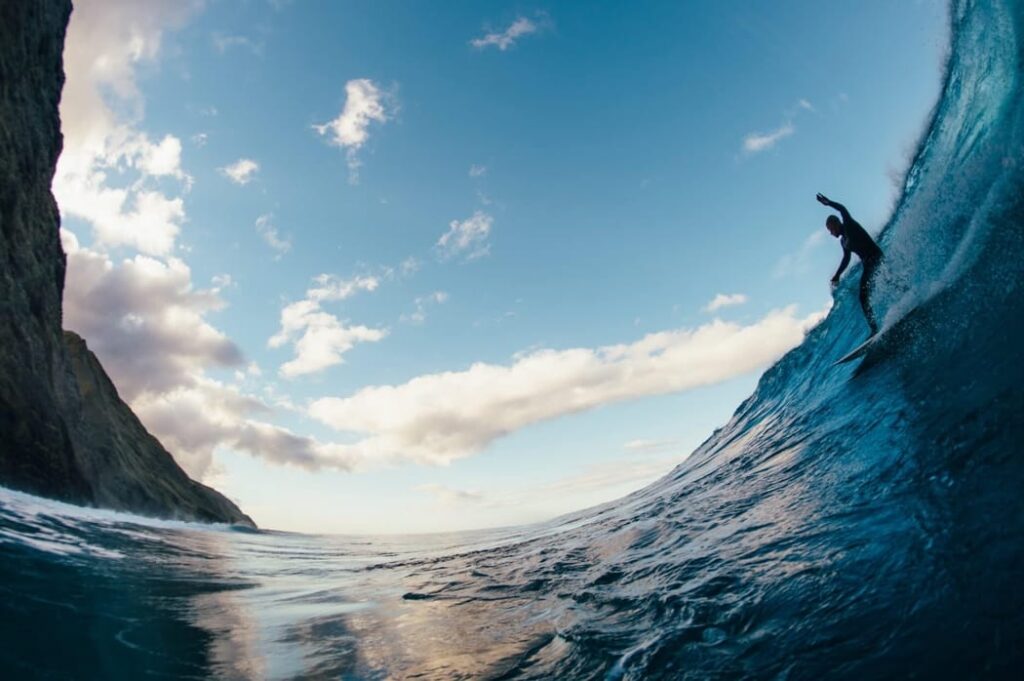
Easter Island, Chile
Easter Island, also known as Isla de Pascua in Chile and Rapa Nui in Polynesia, is a Chilean island.
For the last years, sailboats are increasingly visiting this secluded island, which is located at the south-eastern point of the Polynesian triangle. The nearest neighbor, tiny Pitcairn Island, is 1200 miles to the west, while the South American coast is over 1200 miles.
The small harbor at Hanga Piko, on the west coast, offers decent protection, but the entrance is difficult without local expertise. But, you can employ a local pilot in order to assist you. Note that the main settlement of Hanga Roa’s anchorage is open but protected from the prevailing south-easterly breezes. If the wind shifts, head to Anakena Bay, which has some of the island’s most remarkable excavations and statues, or Huituiti in the east. In all of these anchorages, swell is an issue.
The island’s main activities include tourism, fishing, agriculture, and ongoing archaeological research. The 3500 residents, the majority of whom are Rapa Nui of Polynesian ancestry, live in and around Hanga Roa, the only settlement on the island. Lastly, note that you can fly from/to Papeete to visit the island since it allows you to leave your boat safely in Tahiti while enjoying a visit to the island.
Malaysia
Langkawi, Tioman, and its surrounding islands are the most popular sailing destinations in Malaysia. The Langkawi Archipelago is located near the Thai border in northwest Malaysia. The sailing region is located north of the Malacca Strait in the southern Andaman Sea and consists of 99 islands. Tourism has a tremendous impact on Langkawi. In addition, the sailing infrastructure is excellent. Langkawi is a busy island surrounded by other gorgeous islands. The sailing area is breathtakingly beautiful and geologically fascinating. White sand beaches, coconut palms, rock formations, rain forests, mangrove forests, coral reefs, and waterfalls thrive there.
Furthermore, there is a diverse assortment of exotic animals, including iguanas, sea eagles, and monkeys, all in their natural setting. Tioman is a small island in the Gulf of Thailand, roughly 30 nautical miles east of the Malay Peninsula’s mainland. The sailing area includes the archipelago between Tioman and Aur, as well as the islands off Mersing’s shore. The nearby islands are all close together, making island hopping a breeze. Some of the nearby islands include Pulau Rawa, Seri Buat, Tinggi, Sibu, and Pemanggil. The islands are bordered by turquoise waters and offer long stretches of sandy beach. There is a lot of fauna, as well as lush green flora and unique plants.
Tioman is one of the world’s top ten most beautiful islands, with various settlements made out of modest houses dotting the beach. Excursions into the tropical rain forest and hiking through steep terrain are available in numerous locations. Tioman is also a diver’s paradise, thanks to its warm, clear waters and diverse marine life. Keep in mind that Malaysian waterways are well-protected, and sailing conditions are not particularly difficult. There are few buoys or lights, and navigation is mostly by sight. But, it’s advisable to avoid night sailing because reefs and shoals are difficult to notice in the dark.
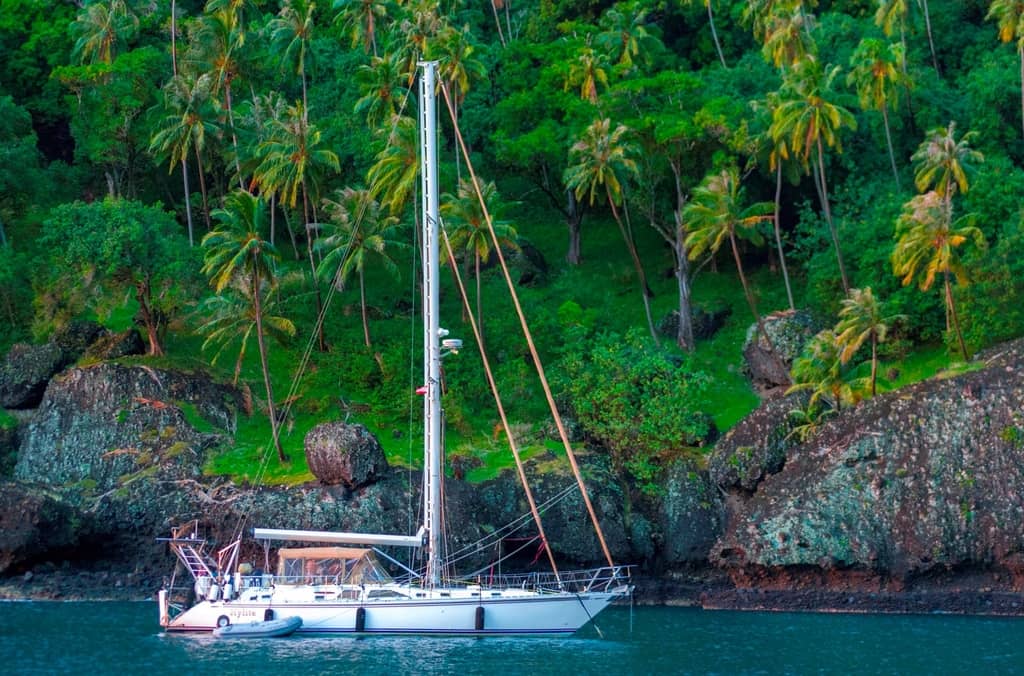
Cape Verde
Sailing the Cape Verde Islands is a must-do for any sailor seeking authenticity. The islands are separated into two groups: the northern “Barlavento” islands and the southern “Sotavento” islands. Only 9 of the 15 islands are permanently inhabited. Santo Antao, Sao Vicente, So Nicolau, Sal, Boa Vista, Santa Luzia, Branco, and Raso are part of the northern group. Maio, Santiago, Fogo, Brava, and Ilhéus Rombo Thurs make form the southern group. The 15 islands are volcanic in origin and are found on the African plate. Pico do Fogo (Mount Fogo) on the island of Fogo is Cape Verde’s highest point at 2,829 meters. Praia, the capital of Cape Verde, is the main city and economic center of the islands, located on Santiago Praia.
There are 25 islands in all, nine of which have no people at all. You will also find numerous sceneries to discover on each island, ranging from gorgeous rocky coastlines to towering mountains and extensive stretches of flat sandy beach. There are also clear lakes teeming with vibrant fish, ideal for snorkeling.
The flatter islands in the east, as well as Sao Vicente, have the most extensive sand beaches. Dunes and salt meadows are just behind the beaches. A wide diversity of plants resides there, with 90 of them being unique to the world. St. Luzia, an uninhabited island, will seduce you with miles and miles of deserted beaches.
Consider sailing to the south and visiting the island of Fogo. Visiting the 2.728-meter-high volcano is a must-do for everyone who enjoys hiking. You may visit the opposite island of Brava, which is only around 10 sea miles away and they also call it the Flower Island.
Note that the sailing area near Cape Verde is difficult to handle without local experience, and the sailing infrastructure is lacking. There are a lot of bays, but just a few marinas. Also, there are several safe havens on the smaller islands. In addition, the little bays of the uninhabited islands of Santa Luzia, Branco, and Raso provide suitable anchorages. The Boa Vista is the Cape Verde islands’ easternmost point. It’s simple to understand why the island got its name, with 55 miles of beaches, an abundance of sunshine, and blue skies. In the sheltered bays of Sal Rei, anchoring is feasible.
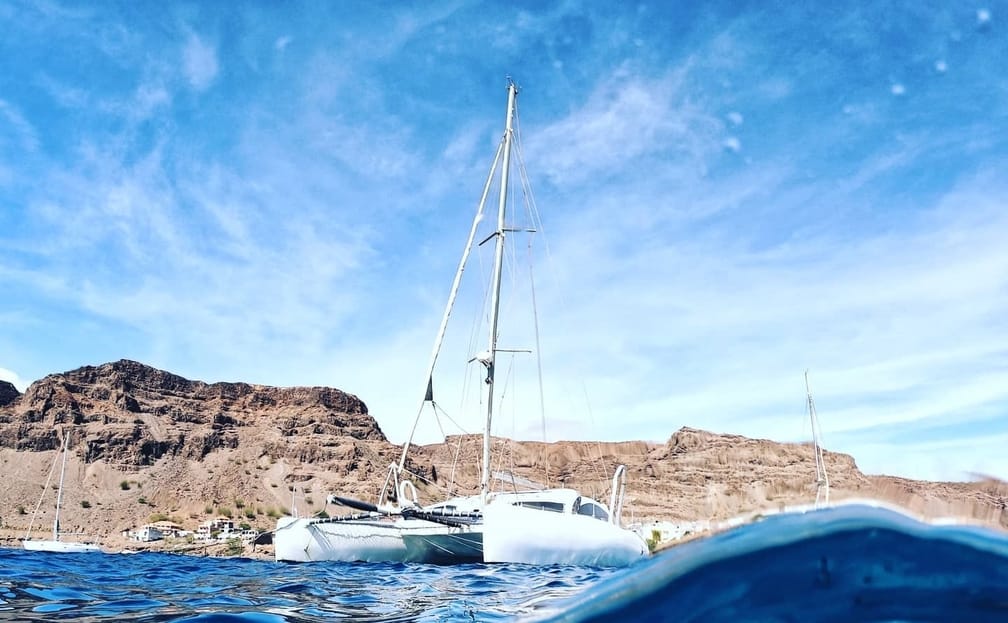
Best Exotic Sailing Destinations – The Bottom Line
As you can see, these exotic sailing destinations will provide you the ultimate sailing experience. You will have whatever you ask from any exotic place you choose from the list. Easy to moderate sailing conditions, tropical forests, abundant wildlife, archaeological sites, relaxation, and hospitable people. So, begin your planning, check your vessel to ensure everything’s alright, and set sail for the next exotic sailing adventure. If you have enough time you can also combine some of the above-mentioned destinations. In any case, I wish you all safe & pleasant voyages!
